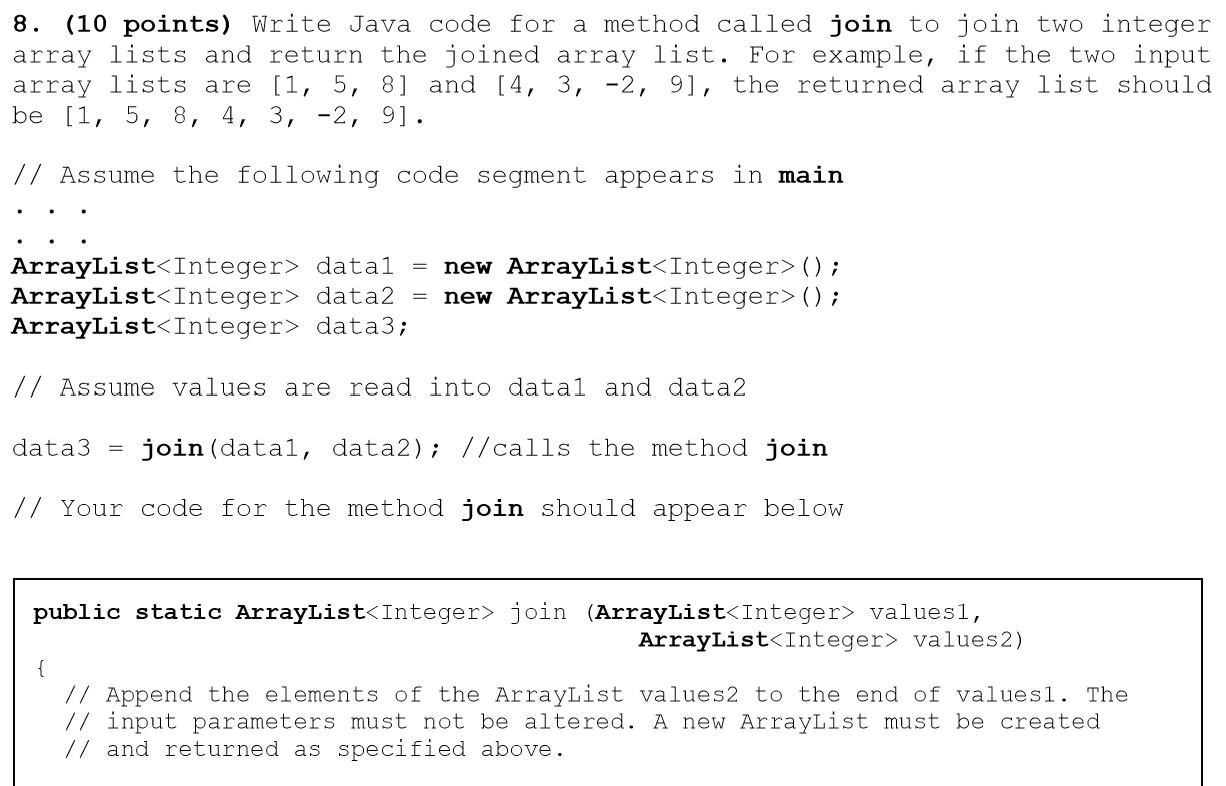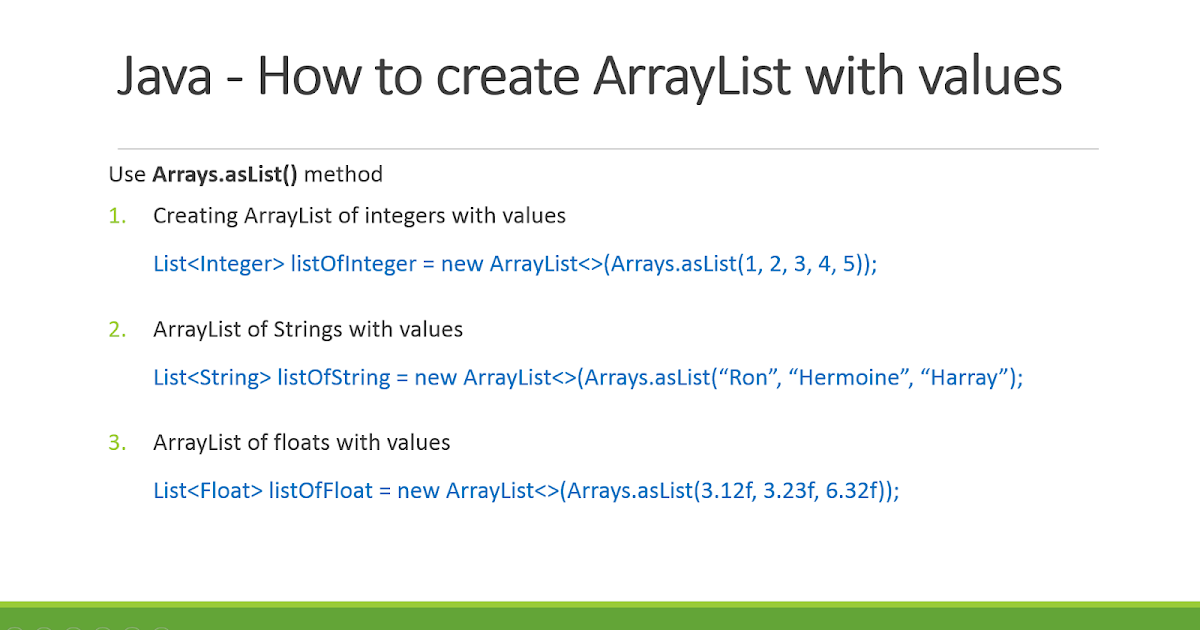

Java int array vs arraylist how to#
In this section, you’ll see how to create an ArrayList in a Java program. The programmer should take care of synchronization while accessing ArrayList from multiple threads. Instead, use boxed types such as Integer, Double, Character, Boolean, etc. You can’t create an ArrayList from native types such as int, char, etc.It is an ordered collection and preserves the insertion order by default.The ArrayList doesn’t check for the duplicate or null values.Therefore, it allows access using index values. It is a wrapper over arrays that it uses to store the elements.It adjusts (expand/shrink) itself automatically upon elements addition/removal. Java ArrayList is a dynamic array, also called a resizable array.Here are some handful of facts about ArrayList in Java. Where n is the capacity of the ArrayList, and it can grow as the user keeps on adding more elements to the list. If you wish to use a predefined size for the ArrayList, then specify that too in the definition. E can refer to Integer, String, or Boolean. It means, you can use the ArrayList to hold data of any type. The imported library works for Generic Class E. Similarly, it shrinks when data entries get removed from the list.īefore starting to use the ArrayList, you must import the ArrayList library first. Eventually, the list expands as more entries get added. They have a minimum initial size during their creation. If you need to work with a dynamic data structure with similar properties as of arrays, then use ArrayLists. It means the programmer must be sure of how many entries the array needs to store.

They can’t be made to expand or shrink once they are defined. Standard Java arrays have a predefined fixed length. It means you can access any element from the base address of the first entry in the ArrayList or array. Java ArrayList and the arrays have a common property as both store data in a linear format. The ArrayList in Java is one such data structure which is extended by AbstarctList and further implements the List interface. Java provides a wide variety of abstract data structures for better control over data and its features.

toArray copies content into other array let us print all the elements available in list use add() method to add values in the list create an empty array list with an initial capacity The following example shows the usage of () method. NullPointerException − If the specified array is null. ExceptionĪrrayStoreException − If the runtime type of the specified array is not a supertype of the runtime type of every element in this list. This method returns an array containing the elements of the list. If the list fits in the specified array with room to spare (i.e., the array has more elements than the list), the element in the array immediately following the end of the collection is set to null.įollowing is the declaration for () methodĪ − This is the array into which the elements of the list are to be stored, if it is big enough otherwise, a new array of the same runtime type is allocated for this purpose. Otherwise, a new array is allocated with the runtime type of the specified array and the size of this list. If the list fits in the specified array, it is returned therein. The runtime type of the returned array is that of the specified array. The (T) method returns an array containing all of the elements in this list in proper sequence (from first to last element).Following are the important points about ArrayList.toArray() −


 0 kommentar(er)
0 kommentar(er)
